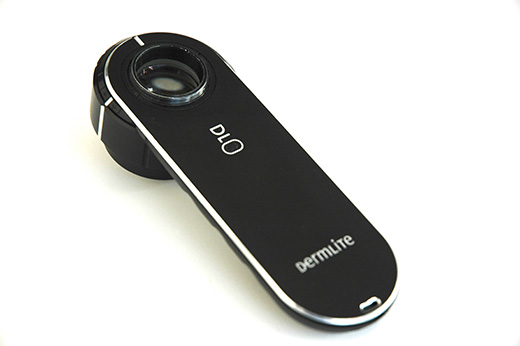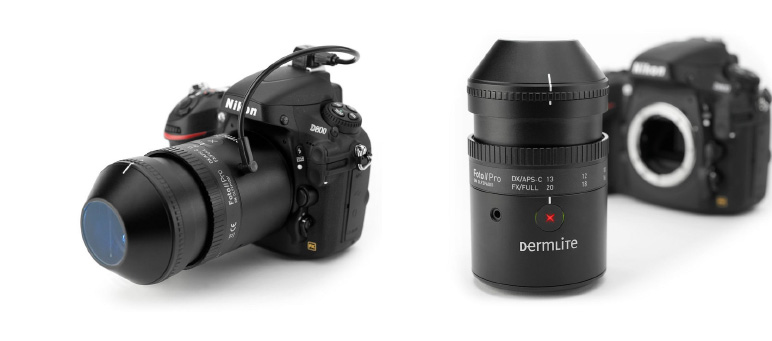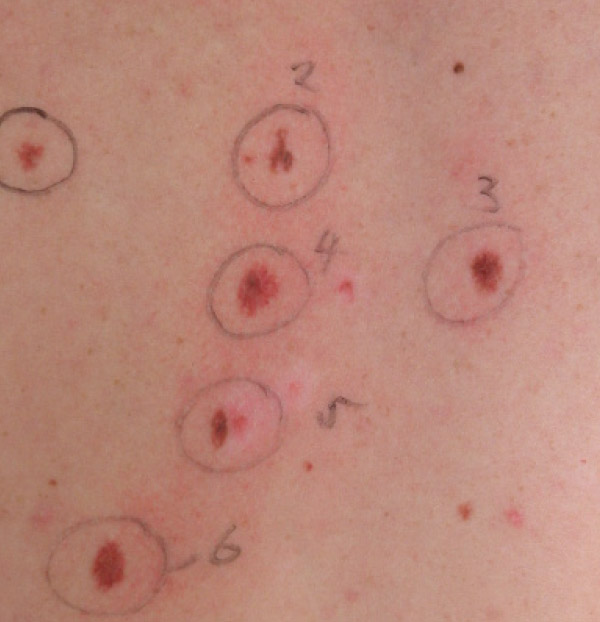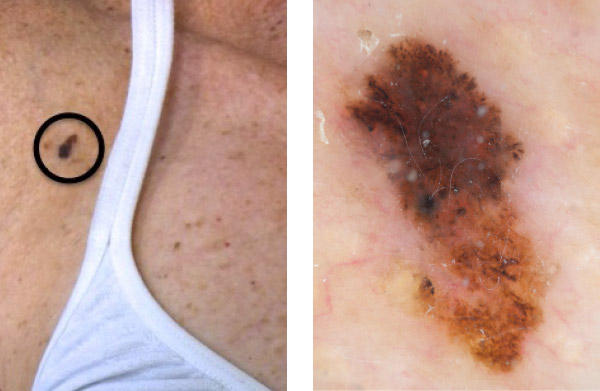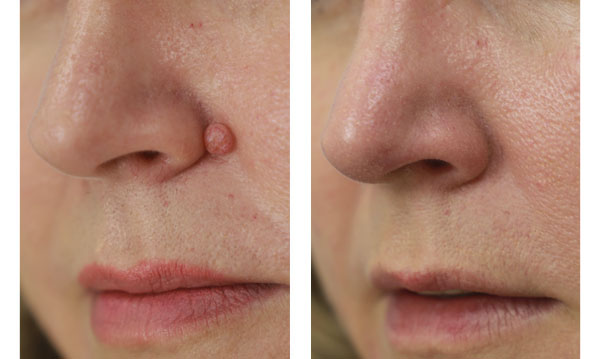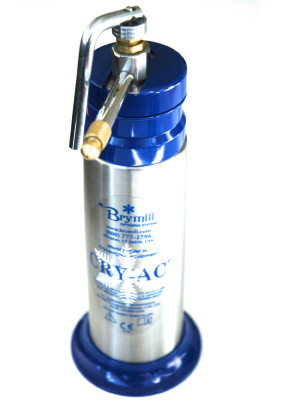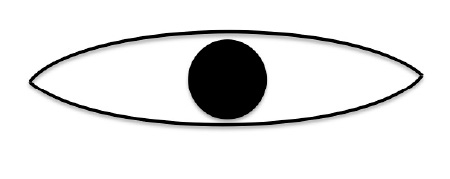Your appointment with Martin takes 15 minutes. First he'll ask you about your past medical history and risk of skin cancer, asking where you were born, about blistering sunburns, family history of skin cancer, sunbed and sunscreen use.
He will then examine your skin thoroughly from head-to-toe, including scalp, armpits and feet. He will ask about moles on your breasts, groin and buttocks and examine these areas if there are any concerns, with your consent. If you need a chaperone or would like a support person to be present, please let him know.

Martin performs your skin examination using a microscope called a dermoscope (shown below). Research shows that experts diagnose melanomas with only 60% accuracy with the naked eye. Using a dermoscope improves accuracy to over 90%. This is because the dermoscope enables the doctor to look beneath the top layer of the skin into the deep layer to reveal tell-tale signs of early melanoma and other skin cancers. Improved accuracy means less chance of missing a skin cancer and fewer benign lesions removed and sent to the lab unnecessarily, which saves money, pain, scars – and lives. Martin has completed years of dermoscopic training to interpret the special signs of early cancer.
If Martin identifies any skin lesions of concern he will advise either a skin biopsy or complete surgical removal depending on the situation. This is usually booked about a week later and takes place at the same clinic under local anaesthetic. Martin performs all biopsies and surgical removals and is very gentle so the pain is no worse than a blood test.
If you have a skin lesion that is not entirely normal and there is a low level of suspicion for melanoma, he will take a digital dermoscopic photograph of the lesion and advise you to come back three months later so he can rephotograph it and look for any changes. If there are no changes the lesion is over 99% likely to be benign. If there are changes he can surgically remove it.
Martin’s professionalism and thoroughness mean most people find skin checks to be an easy, reassuring experience.
